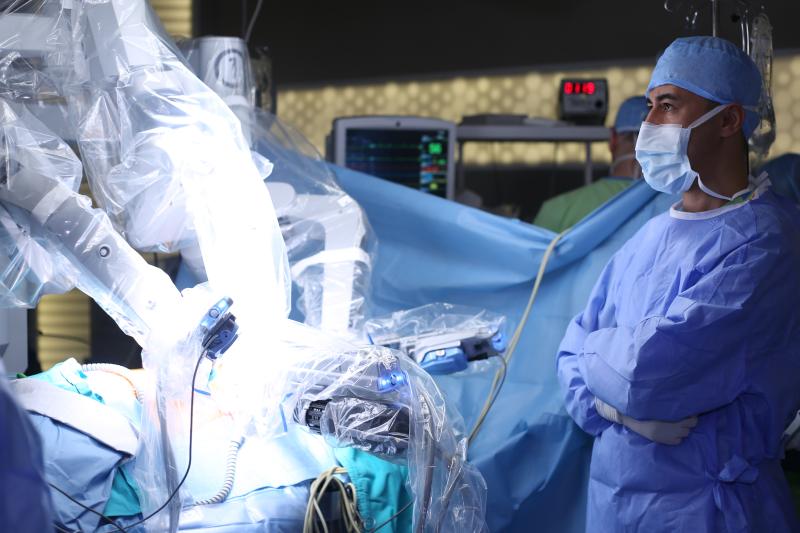
The study included 950 patients (mean age, 72.7±16.0 years; 52.9 percent female) who underwent PEG insertion or replacement. Medical records were accessed for the retrieval of information regarding patient characteristics, ongoing therapies, indications and comorbidities. Study outcomes included early and late complications, as well as mortality related to the procedure.
First PEG placement was performed in 62.5 percent (n=594) of the patients, most commonly for dysphagia due to stroke (33.0 percent). Elective placement dominated the procedures (96.3 percent), and placement was completed in 95.4 percent of cases.
The overall complication rate was only 4.8 percent. The most common complication was infection, accounting for half of all events. This was followed by bleeding (32.1 percent), dislodgement of the tube (14.3 percent) and buried bumper syndrome (3.6 percent). Infections occurred independently of antibiotic therapy (p=0.5).
The mortality rate in the PEG placement group was 5.2 percent, though all deaths were deemed unrelated to the procedure and its complications.
The remaining 37.5 percent (n=356) of patients underwent PEG replacement. The 30-day mortality rate in this group was 1.8 percent, and all were similarly not due to the operation. Only six PEG replacement patients reported complications, half of whom experienced tube dislodgement. One patient had bleeding.
Future studies are needed to determine the organizational and clinical factors associated with safety concerns regarding PEG placement and replacement, said researchers. These efforts will help improve care for patients undergoing these procedures.